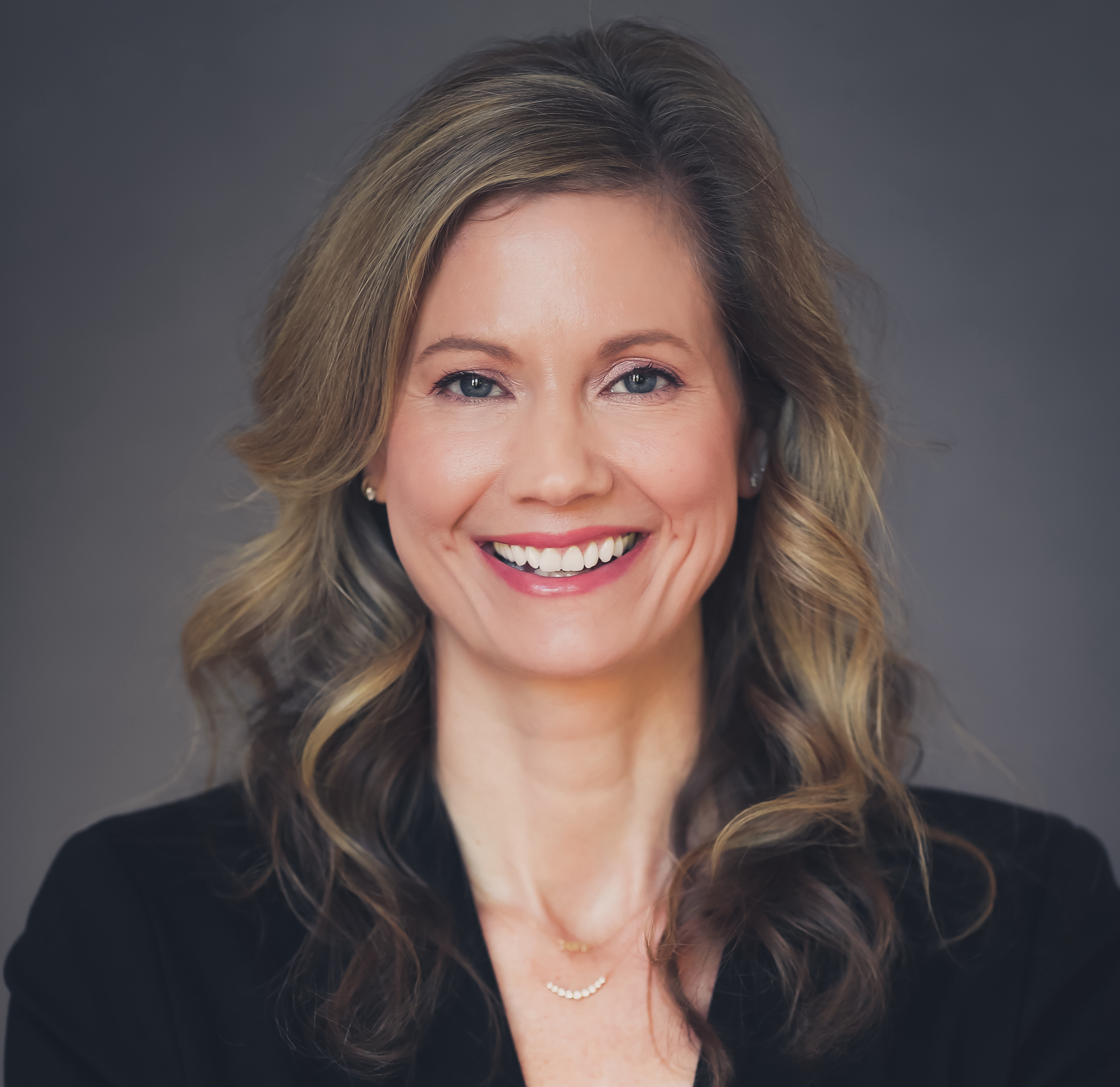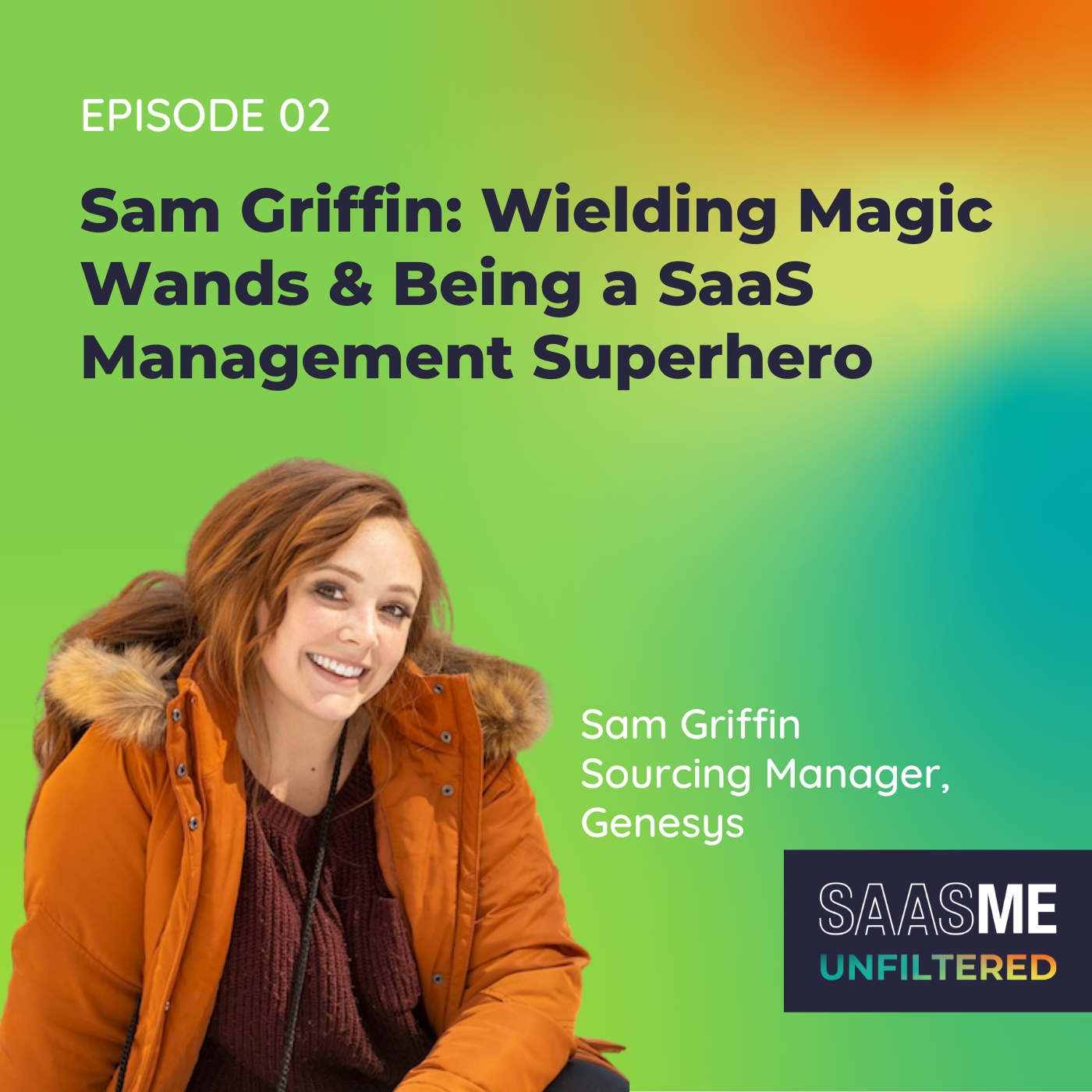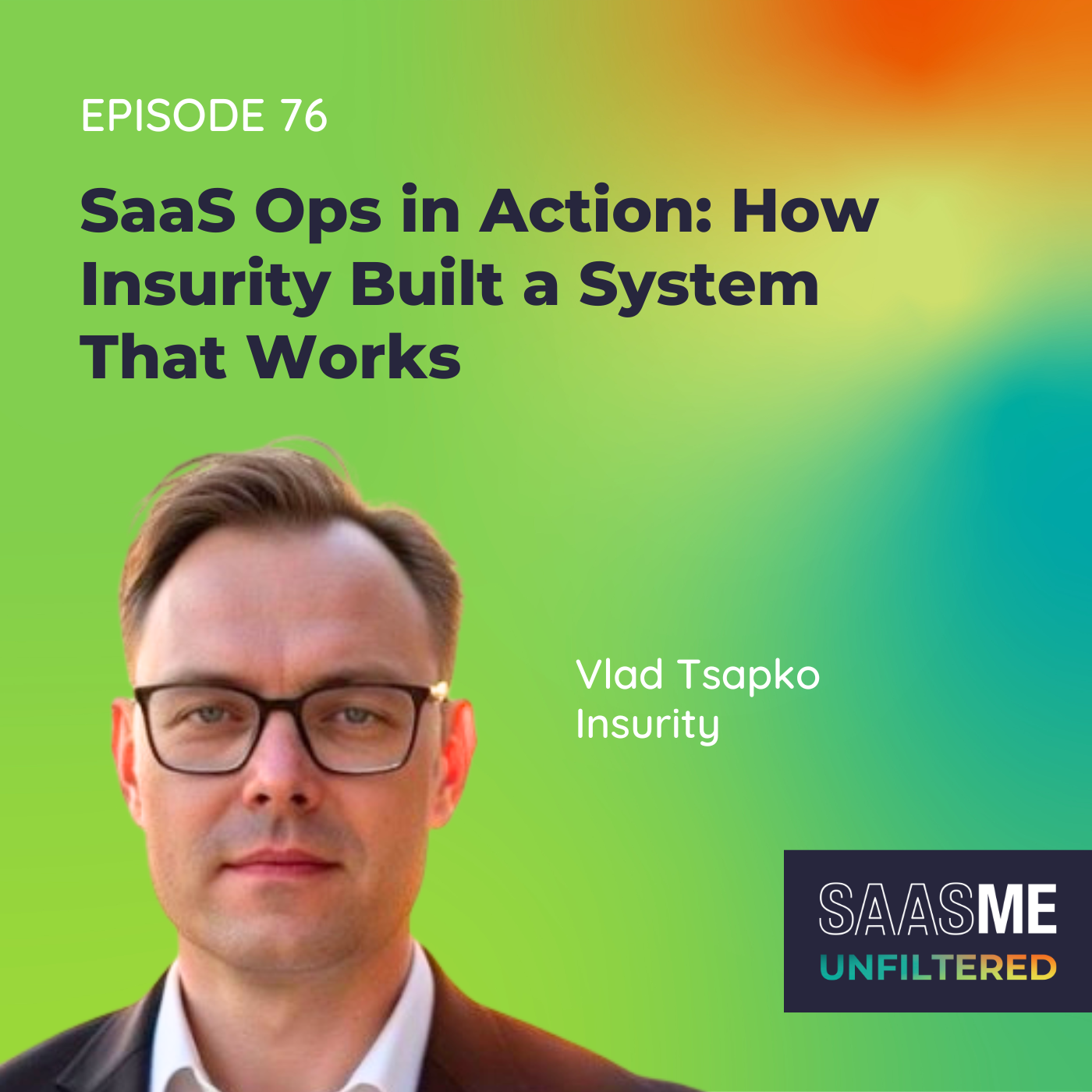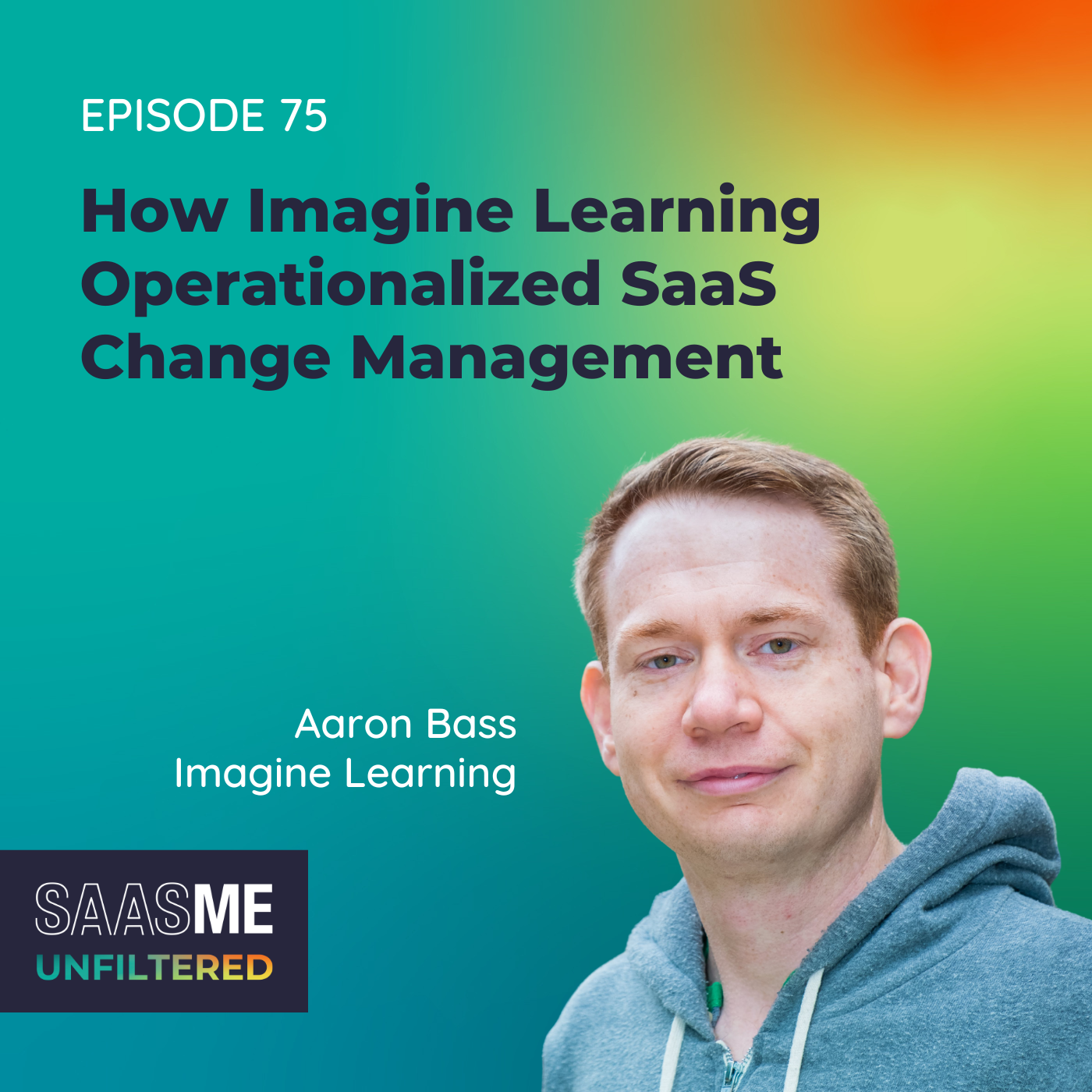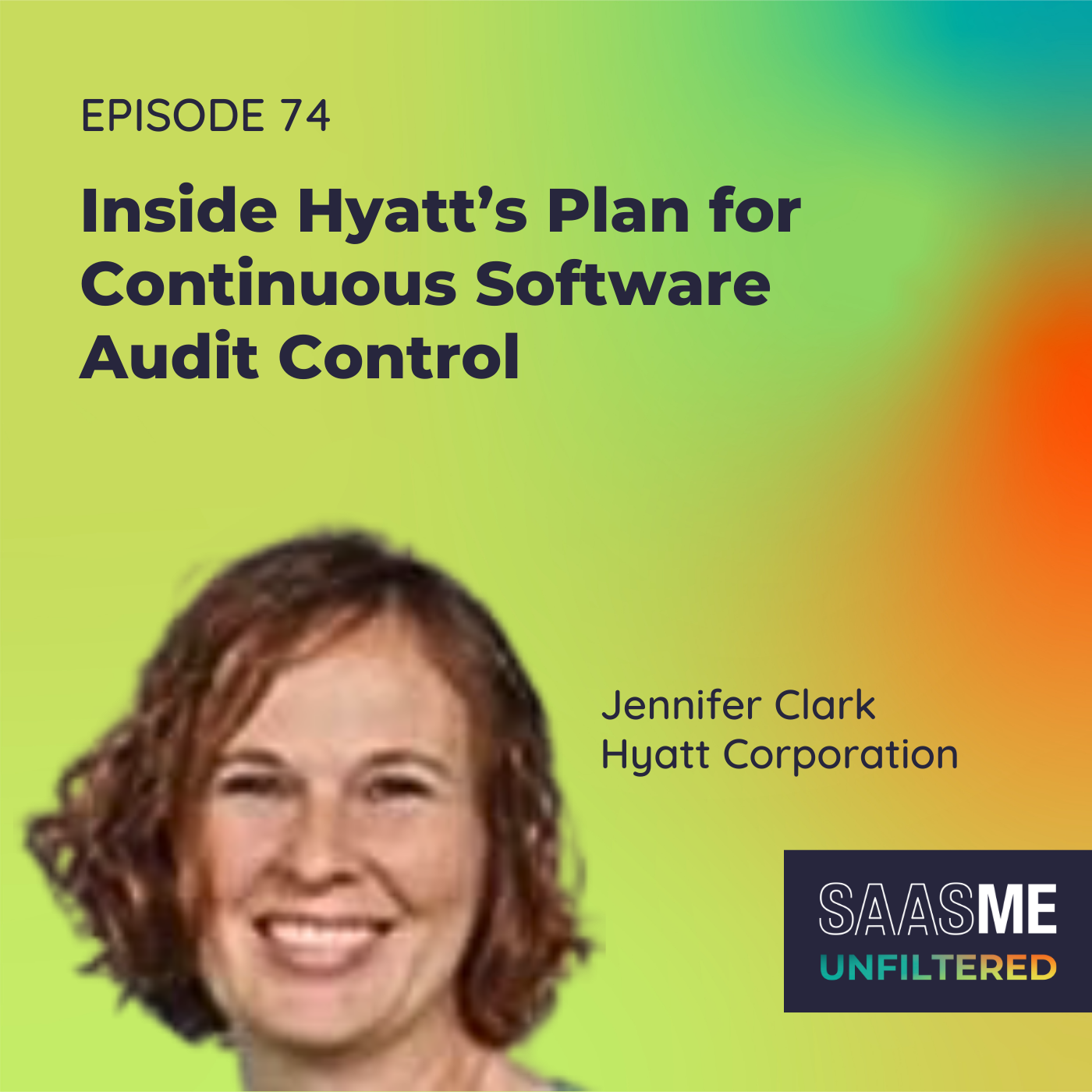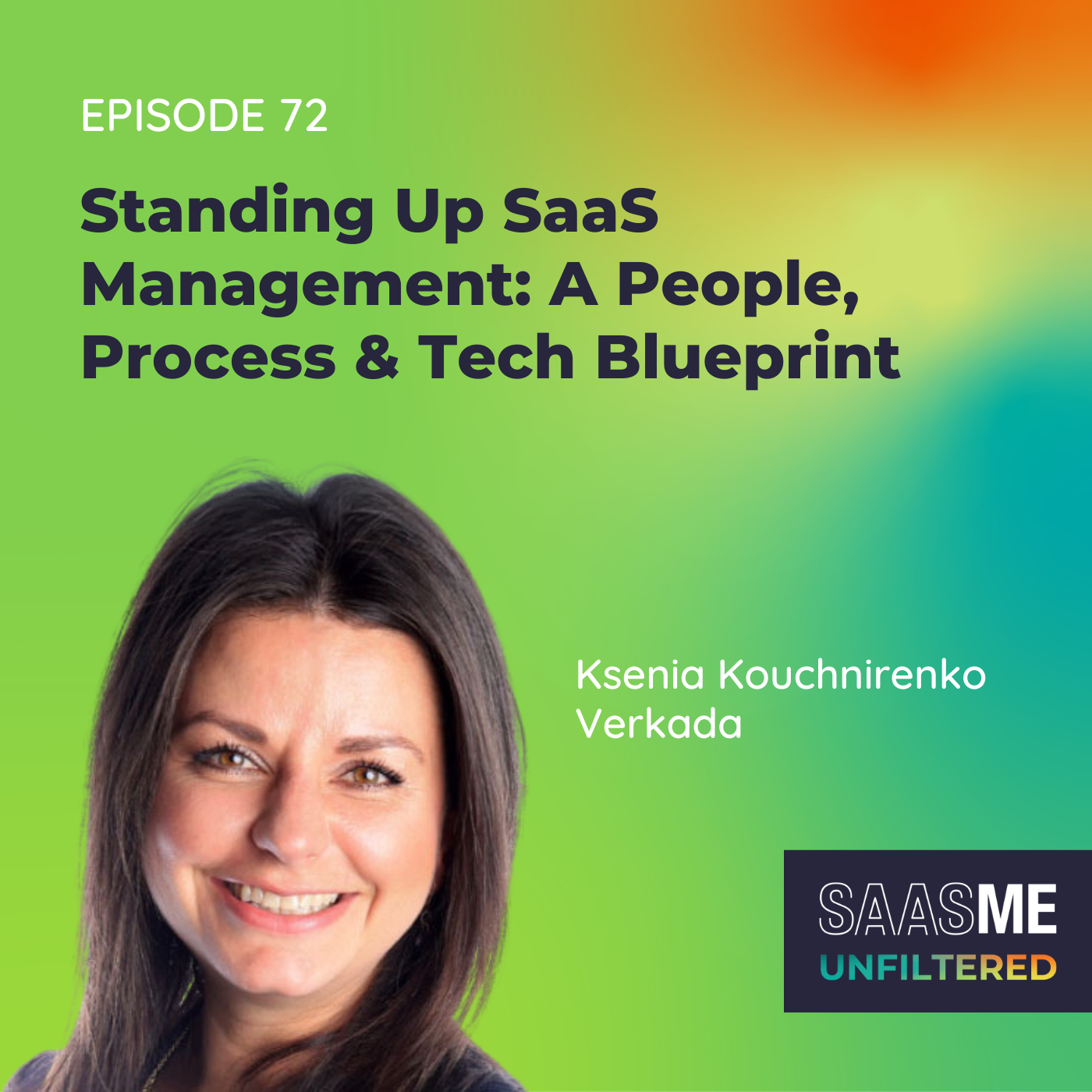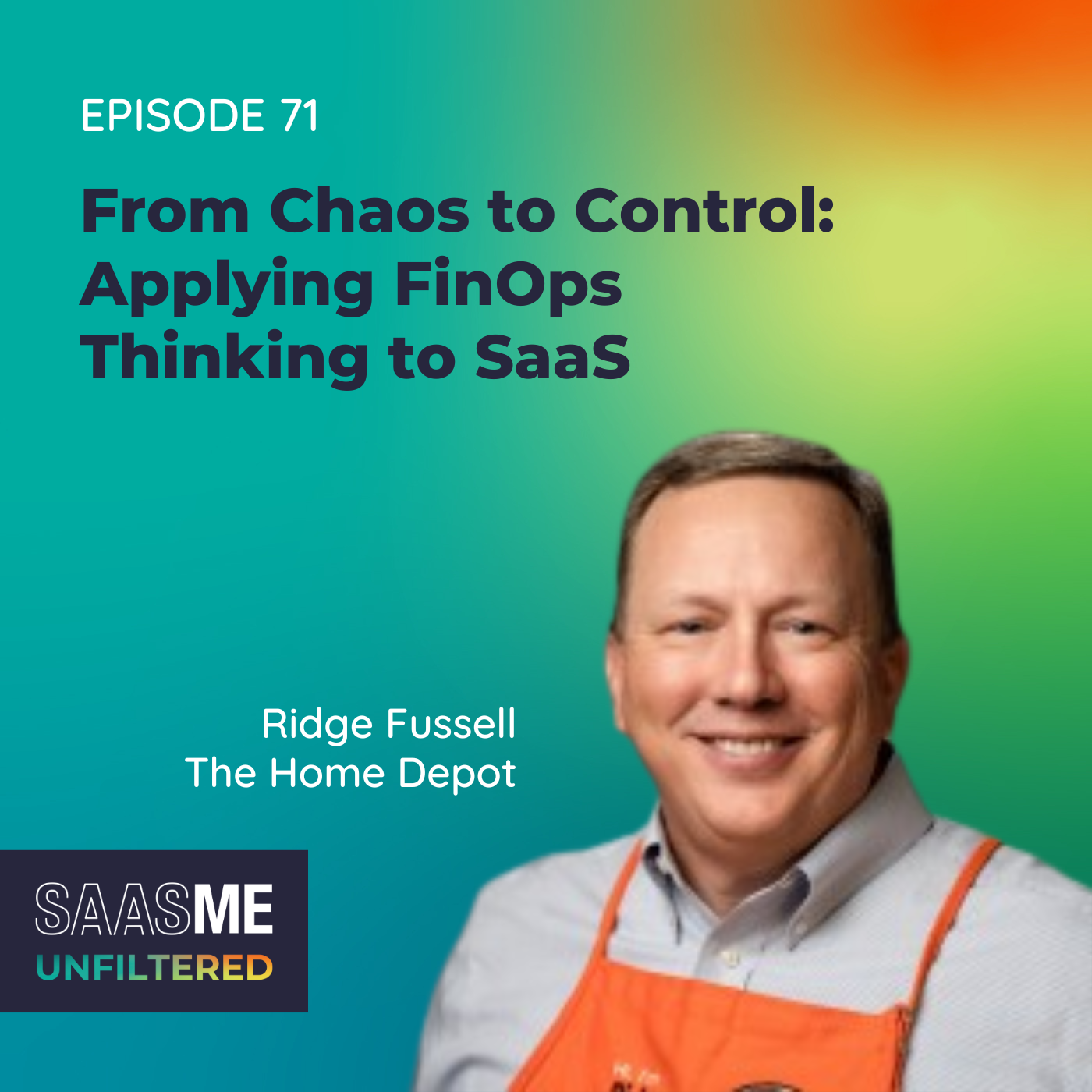Sam Griffin: Wielding Magic Wands & Being a SaaS Management Superhero
- 0.5
- 1
- 1.25
- 1.5
- 1.75
- 2
Samantha Griffin: When things started out, we were so far down in the bottom left corner of the maturity roadmap of we don't know what we have and we don't know what to do with it. So goal number one was just getting visibility, and then from there it was, " Okay. Well, now that we have the data, how do we work it in a way that makes sense for Genesys?" Because as much as I like the stick approach and the magic wand approach, you can't just start by ripping licenses out of people's hands.
Cory Wheeler: Hello, hello, and welcome to SaaSMe Unfiltered podcast, the SaaS management podcast, the show with give- it- to- you- straight, real- life advice from pros knee- deep in SaaS, every single day, SaaS management superheroes just like you. Hey everybody. Cory Wheeler, chief customer officer here at Zylo joining you.
Ashley Hickman: Hello, everyone. My name's Ashley Hickman, and joining Cory here today, the manager of customer success at Zylo.
Cory Wheeler: Our guest today is someone that is very near and dear to Zylo's heart. She is a fearless leader of progress, and as a software asset manager at Genesys, she's leading the way in progressive enterprise SaaS management. We started working together back in 2020, and in that time, this guest has built and executed a best- in- class SaaS management program centered around visibility, optimization, and results. She's got an interesting background combining sourcing and procurement with asset management, and has parlayed that into a SAM program rooted in the fundamentals of enabling the business to move fast while ensuring that value and adoption are maximized. And most importantly, she was awarded the incredibly prestigious SaaS Management Superhero of the Year Award by Zylo last year at our inaugural SaaSMe 21 Industry Conference. So welcome to the SaaSMe Unfiltered Podcast, Samantha Griffin.
Samantha Griffin: Thank you for having me. I don't know how to even live up to that sort of introduction, so thank you.
Cory Wheeler: Listen, you're royalty. Everybody knows Samantha Griffin. When we bring up best practices, we have a lot of customers that say, " What's the best practice here?" And a lot of the things that you've done internally at Genesys are things that we reference each and every day. So thanks to you for being that SaaS superhero.
Samantha Griffin: Thanks. I should have worn a crown or a cape or something.
Ashley Hickman: Yeah. We'll send you a tiara after this, Sam. So don't worry. Well, would love to, for myself, but really for all the listeners out there, if you could, I've had the pleasure of working with you and with the Genesys team, but would love to hear a little bit just about Genesys before we get kicked off and really diving into your experience here today. If you could frame up what y'all are doing over there at Genesys?
Samantha Griffin: Yeah, absolutely. So Genesys, I like to joke that we're one of the larger tech companies that I feel like a lot of people somehow haven't heard of. We're about 7, 500 employees, globally. At this point in time, we're headquartered in Daly City, California. We've got a huge office in Indy, which is how I get to know you fine folks. And we're in the Gartner Magic Quadrant for contact center as a service. So we have a lead cloud- based offering where you're calling into ABC company, they tell you to press one, two, or three to speak to an agent. We're running the software that's behind that fun piece of phone calls right there. And then they're also doing a lot of really great and innovative things with chatbots, AI, things of that nature as well right now.
Cory Wheeler: Fast growing, right? I think you guys have had quite a bit of growth in the past several years, correct?
Samantha Griffin: We've been growing crazy fast just in the past three or so years, yes.
Cory Wheeler: Yeah. That's awesome.
Ashley Hickman: So in terms of your role now, sourcing manager at Genesys, not going to lie, was creeping on your LinkedIn a little bit and saw that your career really started off being an archeological lab assistant to now being a sourcing manager at Genesys. So that's an incredible journey, and what a transformation. So for myself, I'm always interested, I have a very liberal arts background. I'm always interested in myself in how do people get to be in the jobs and the roles that they're in now, right? How do people find their career? So would love to hear, Sam, in terms of going from being in the lab, archeology, to being at Genesys, being a sourcing manager, what did that journey look like?
Samantha Griffin: It's funny because the person who hired me into tech still to this day says that I have the dumbest major that he's ever actually extended a full- time hire to. So I take that with a sense of pride, but I graduated with a degree in anthropology and marketing from Ball State, went on to do an MBA program, and had really taken an knack... So I used to work in retail at Best Buy. I did sales for a few years and took an knack to sales and selling, sold at a few B2B companies and then made my way into what at the time was Interactive Intelligence and actually was one of the first people to sell our lead offering, now Genesys Cloud, as they were rolling it out. So it was great to see the very beginning of what, for me, was cloud- based software and the pricing models, and people at the time were still very apprehensive to move to the cloud for all of the unknown unknowns. I did that for a couple of years, and I feel like anybody who's in sales knows that you can either keep selling and go at market, or you can go into sales management. And with everything that I had learned, and especially with being on a brand new team, when I saw that we were starting a sourcing team, I was really excited to hold the stick as a buyer for a little while, especially having all of the inside information that I knew about software licensing and comp plans, things like that. I was really excited and I took the role of doing all of the sourcing for our software and technology and a few other categories while we were growing legs and building out our sourcing team. And through that is when I learned that we had a lot of opportunity around just the spiraling spend of SaaS. And that's where I came into the SAM program now.
Cory Wheeler: You're fully in software asset management now, bringing that procurement experience into software asset management as a software asset manager. So maybe tell me a little bit about your role. You are the engine, internally, for the software asset management program at Genesys. So what does that entail? What's your day- to- day and what are those strategies you're working on?
Samantha Griffin: Sure. So my day- to- day, funny enough, I mean, I live and breathe in Zylo, getting a holistic picture of all of the different applications that we're using. And with the actual utilization levels, I would say is probably about 30% of my job. Outside of that, it's making sure that we're getting economies at scale for the applications that we are buying, right? We don't want 10 different project management applications if we can help it. We want to make sure that we're consolidating where we can be. Outside of that, looking to... So my first two years I focused on the head, all of our larger projects, our larger spends, and now I'm focusing on the tail. So what's happening with those T& E cards that people are expensing, Spotify or Udemy, or something else, and making sure that we have process and rigor in place for those things, and then even for some of our elite stakeholders who have P- Cards for some of the just smaller applications that they typically wouldn't think that they would need a PO for, for example, and figuring out if we have the right compliance and terms and conditions in place for that as well.
Cory Wheeler: The head and the tail. I really, really like that. Tail spend is always... I mean, my next question is there a torso, or is it just head and tail?
Samantha Griffin: See, now I'm stuck because there should be a torso, right?
Cory Wheeler: Right? Right?
Ashley Hickman: That's a dad joke right there.
Cory Wheeler: Yeah, that was a definitely a dad joke. That was a dad joke. I think there are torso apps, and maybe that's what I'm going to start calling them now. I think it's those huge applications, but then there's that middle tier of maybe marketing or HR went out and bought an application that's really only specific to their function. It's not expensed employee software. It's departmental software. So maybe line of business software equals the torso.
Samantha Griffin: I like it. I like it.
Cory Wheeler: Well, that's fantastic. So software asset management, you sit internally in IT, I believe, at Genesys. Correct?
Samantha Griffin: So I actually sit and report to our VP of procurement.
Cory Wheeler: There you go.
Samantha Griffin: And I collaborate very closely with IT.
Cory Wheeler: Ah. Right on. So you're sitting in the procurement organization today, bringing software asset management practices and sourcing practices together. So maybe then lean in a little bit. How do you then partner with IT? What are the main strategies that they're driving versus historically people would think of procurement, you're driving optimization, ensuring that you've got the right license positions, and you're planning and forecasting for the business. But what are those primary competencies that you're executing for the IT leaders?
Samantha Griffin: Sure. So for IT right now, it's really a dance of trying to make sure that they have all of the right bandwidth of people in place to be able to manage the applications that they have already, and then taking on what has grown to be something that the individual stakeholders can no longer manage in admin themselves. So definitely more of a focus on architectural fit and where we're actually looking to grow as a business, making sure that we're not bringing on applications that aren't cloud based. Surprisingly enough, we still see a couple people trying to bring those in, and then making sure that just we have the right rigor around license assignment, pulling them back, and then knowing when it's time to grow versus holding off on when there might be a renewal coming up.
Cory Wheeler: Effectively, we hear a lot about partnership, and so that's critically important and one thing I wanted to hear from you. So you would say SaaS management has got to be a team sport, correct? It's not just siloed in one organization.
Samantha Griffin: It is. And it's funny because our kiddo is in first grade and just started playing baseball, and when I was thinking about it being a team sport, I was like, " Every vendor is the other kids up at bat, and then there's Genesys. And we've got our CIO on first base and we've got me playing shortstop." And you have to have everybody in the right place at the right time to be able to block some of these guys because they're selling into the C- suite, they're selling individual stakeholders. It's absolutely a team sport.
Ashley Hickman: So one of the reasons that we know, and Cory mentioned this earlier, but one of the reasons that we've had the opportunity to partner with Genesys has been the tremendous amount of growth that the organization has experienced over the years. You mentioned that 7, 500 employees. You're worldwide. That's huge. So a lot of the challenges I know with fast growing organizations is being tasked with doing more with less. This is something even that Cory will task me with sometimes. So something that I'm curious to hear for you, Sam, in your mentioning, people are really selling in and providing software, offering software, every level within an organization. So for yourself, specifically, in software asset management, how are you able to accomplish and tackle doing more with less?
Samantha Griffin: I would say definitely automating what I can, right? So if you consider something like a workflow that we use in Zylo, being able to have access to the information and automate the sending out of the emails to make sure that we're re- harvesting the right licenses from the right people, it saves me hours, whereas I'm sure you guys know, Docker just switched to a paid subscription model that was, prior to that, free. And given we didn't have that information and we didn't have a way to automate that process, I mean, you're sitting there and you're filling out a Microsoft form survey, and you're trying to hunt down all the right people, and you're looking at a footprint of 800 people and trying to ask the right questions. That project took months, and a workflow takes a couple of minutes. So I would say that's my biggest piece for trying to do more with less.
Cory Wheeler: It's all about that automation. I love it. Doing more with less always fundamentally comes back to automation and how do we... I get passionate about it. How do we think about the data that you've got to bring together for an effective SaaS management practice, and then what are all of those processes that we can begin to automate? So SAM is, I'll call it aggressive. I'll take that risk here. That her aggressive approach in-
Ashley Hickman: Assertive, assertive.
Cory Wheeler: Assertive approach.
Ashley Hickman: Yes.
Cory Wheeler: Way better. Way better than aggressive. In just driving those practices proactively across her business was really cutting edge. And so automation is that next frontier. Once you're able to solve the SaaS management visibility problem, adoption issues, and begin some of that automation, then it's, " How do we start to take this data out to the rest of the business?" So I love the way you're thinking about it.
Samantha Griffin: Nope. I was about to say, data was my other piece for doing more with less. For instance, I was talking about the T& E cards and the P- Card expensing. We have a great partnership with AP right now, but they have a certain number of reports that they pull from Concur, and frankly, they don't have a lot of bandwidth to be helping me with my problems. I mean, you go in and you look at all of the different payments on the teams tab, and you can see I've got Bobby Sue who's dispensing 60 different applications to the tune of 140,000 dollars a year, and it gives you the opportunity to then prioritize, " Okay, who are my top three P cardholders? Do I need to have those conversations first?" So it's very handy. I would say outside of automation, just making sure you have the right data in the right places.
Ashley Hickman: Yeah, absolutely. Prioritization is key because you only have so many hours in a day. So yeah, making sure you know where to start and what's going to be the most useful way to spend your time. So along those lines, when we think of when you are... You have some automation in place and prioritization. So in terms of that, and you mentioned it earlier, wanting to move from essentially that progression from sales into sourcing and ultimately software asset management, being on the stick end of things, right? So very curious to hear, because I see a range across our customer base who internally, within SAM teams, procurement and IT, some take a little bit more of a carrot or a stick approach when it comes to reclaiming licenses, when it comes to acquiring new applications, or rationalizing them. So curious to hear at Genesys, for yourself, what that blend or maybe one or the other, what that looks like, that carrot or stick approach.
Samantha Griffin: I would love to say carrot because I feel like it's so much nicer, and I feel like stick sounds so harsh. So I'm going to say magic wand because I feel like a lot of people don't notice if you take it away, and they aren't using it. But they will immediately recoil and say, " Please don't take my license away. What if I need it nine months from now?" if you ask them. And I'm not saying that fits for every single use case, but there have been a few different opportunities that we've had to just say, " What happens if we downgrade the license? What happens if we check in three months from now and they're still downgraded?" So I would say stick for us.
Cory Wheeler: I love it.
Ashley Hickman: I like the magic wand, though, because it's true. It's like a kid. You take away a toy, and chances are they're not going to notice because they're just playing with the next toy. So I like that.
Cory Wheeler: Yeah. And it's about mixing that collaborative approach. So while we might say it's the magic wand to pull it away, this gets into best practices that we talk with our customers about each and every day. Set the parameters. Set the expectations. Inactivity on licensing, we're going to periodically and programmatically prune those licenses, bring them back so that we can ensure that we're not buying more that we don't need, and so that we can ensure that we're right- sized and we understand the true value of these applications. So I think it makes a ton of sense to approach it that way. Freedom within a framework is something we preach pretty consistently here at Zylo around allowing people to do what they need to do, but then setting the parameters, taking those actions as needed. And that then creates the ability to then partner with those resources down the road where, if they need that license again and there's a clear business need, they've got to have access to it. So cleaning those up as well as being able to re- provision licensing out to the business is important as part of that full life cycle.
Samantha Griffin: Definitely. I think being able to build the trust that if you take it away, that you're going to give it back in a timely manner is huge. That's one of, I would say, the most common responses I get when I send out a workflow email, is if I give it back, " Can I have it later?" And I think once you get that process in place and everybody trusts that you're not just going to take it away forever, that it's a lot easier.
Cory Wheeler: And there's that partnership with IT, right?
Samantha Griffin: Yep.
Cory Wheeler: Where is the provisioning happening, help desk, and all of that, So I love the practices as well as the collaboration there. We go live with our customers all the time, and usually that initial visibility into their stack, total number of apps, amount of spend, shadow IT, all of that is a bit eye opening, as we mentioned earlier. And then you start to set goals based on that data. So we've been working together a few years now. What were the goals when you first started looking at SaaS management, when you set off down this road, and have those change to today? Do you have a new set of enhanced goals around your program? And maybe talk a little bit about that.
Samantha Griffin: So I would say when things started out, we were so far down in the bottom left corner of a maturity roadmap of we don't know what we have and we don't know what to do with it. So goal number one was just getting visibility. And then from there, it was, " Okay, well, now that we have the data, how do we work it in a way that makes sense for Genesys?" Because as much as I like the stick approach and the magic wand approach, you can't just start by ripping licenses out of people's hands. So really building communication for, " How are we utilizing this tool and what are people going to look out for as far as markers for utilization?" And really thought changing how people are going about using software and buying software. That one is still definitely a goal. I think change management for software purchasing is a long- term strategy, not a short- term strategy. But outside of that, I think our other goal was app rationalization. We thought that we had a number of different sales training applications, but we weren't certain, and we didn't know what the utilization was because you've got a number of different admins across a very siloed organization. And that information was invaluable for helping us to consolidate just on, for instance, Udemy, and move forward.
Cory Wheeler: That's really good. As everything has evolved, what are the big projects that you are thinking about, that you've already started? What are the big items that you're tackling right now?
Samantha Griffin: I have my sites set on more of our premise- based applications this year. So getting a secondary SAM tool in place to work in tandem with Zylo is what's top of mind for me. I'm going through a proof of concept right now with a vendor, and I hope to have that done soon. And then, really, like I said, focusing on the tail end of things. I would say IT as a whole is focusing on app rationalization, creating a software governance council that we historically haven't had. making sure that we have all of the right stakeholders in the room. We have a lot of new leadership, and they feel very passionately about all of our different software spend. So I'm excited to have that done and to, I guess, strategize with them on how to make an easy button for software purchases. We're talking a lot about just having one source of truth in one place for every end user to go to try to request software so that it's easier for us to handle the process piece on the back end.
Ashley Hickman: I love everything you're speaking to, Sam, because that's what we see in terms of our customer journey, especially at that large commercial enterprise level, is the evolution you're speaking about, because very often, unless you started cloud first, it's a process to get away from on- prem applications, and having that hybrid approach with on- prem, mirroring that with Zylo and then having a central source of truth. So love that. And also the progression of the governance board as well. So really excited to hear about that. And that's really something we see across our customers as they just continue to kick ass, basically. So that's awesome. So you mentioned a little bit about going live. You mention your POC, a little surprising. So what was most surprising when you have 100%, like you have that visibility now into things you know about, you think you know about, don't know about? What was most surprising when you went live?
Samantha Griffin: So this is funny because I was actually listening to Cory talk on, I think it was the SoftwareONE panel last week, and he had put out a question and said, " How many applications do you think your organization has?" And I saw that the majority answer was ridiculously small. It was like-
Cory Wheeler: It was under 100.
Samantha Griffin: One to 100? Yes. And frankly, if you would've asked me two years ago, I probably also would've answered that. And when I saw, I was like, " Oh, we have over 600, easy."
Ashley Hickman: Yeah.
Samantha Griffin: And that was the biggest thing for me. I was not only surprised, but kind of embarrassed.
Cory Wheeler: That's funny. It's consistent. We see that across our customer base today when we're talking in the industry. So I think it's the availability of data, having the data at your fingertips, and this is not easy data to pull together, to understand all of the finances, all the utilization, all of the entitlement information. Data is power, and I think in the modern progressive organization, owning that data and getting insights out of that data is critical. It's no longer a nice- to- have.
Ashley Hickman: So one thing that we spoke about at the top, talked about the SaaSMe, so that, of course, you won. That was our first industry conference that Zylo had last year. And in addition to the awards that we handed out, we had a lot of panels, right? We really wanted to gather up people, have those thought leadership discussions, and we had some amazing speakers, you being one of them, on our panel defining your career with SaaS management. So this is something that, just across the board, we're seeing more and more people dedicated to SaaS management, and it's not just traditional SAM, right? And so we have SAM with software asset management. So on that panel, it ended up being not intentionally on our part, it ended up being a full female led panel. I mean, myself working in IT for a number of years, not a product company, I'm very much used to being the only female in the room, on the project, on the team. So very curious to hear from you, very much a pioneer in the space, we have a lot of really strong individuals, female and male, but who have very much a powerhouse female led panel. So I'd love to hear a little bit from your perspective on really being a pioneer in the space, defining the space, and the leadership and support that you receive at Genesys.
Samantha Griffin: Yeah. I would love to talk about it. I think it's funny that you mentioned the female led panel because it didn't occur to me until afterwards, and I feel like I see that a lot of the time. If it's only women in a room, I'll take a second to recognize that. And I don't know if anybody else does, but it always catches me just a little bit off guard even now. But I would say as far as the support that I receive at Genesys, it's been astounding. I think once you prove, one, that you know what you're talking about, and two that there's an opportunity, whether it's being risk averse or saving money, or really just providing a more holistic architecture picture for something like IT, it's not very difficult to rally the troops behind you and to get support budget. However, that's a whole other conversation. But it comes with time. One thing that I think has helped me is trying to... It doesn't matter where you start, if it's a large project or a small project, but I would always recommend picking something that is not a contentious project. I wouldn't immediately go into choosing, " Do we really want to strategize around Microsoft Teams or Slack?" That's not where I would recommend starting your use case at all.
Ashley Hickman: inaudible will come out for that. Yeah.
Samantha Griffin: But finding something that it's going to be difficult for people to say no to, if you're able to provide a solution for it. It was my number one thing that I did.
Ashley Hickman: So wanted to speak a little bit about the panel, but also the award. So this was something that all of the SaaS consultants, so we support our customers with SaaS consultants here at Zylo and making sure that they're getting the expertise that they need. And one of the things after SaaSMe, people got pretty competitive. And they are like, " I want to be a SaaS superhero." That was 100%, hands down, people were asking us about, " How do I get to be nominated or considered?" But for everyone who's listening today, what sort of mindset or things would be helpful to be considered, just in general, for a SaaS superhero at your organization, or maybe by Zylo?
Samantha Griffin: See, this is funny because when I got that award, I was like, " Ooh, I wonder who's going to get the award. I want to see who the winner is." So I would say as far as being a SaaS superhero in your own organization, having the conversations with your end users... I mean, it doesn't have to be formalized or even a strategic conversation, knowing firsthand what our sales people are using and aren't using was huge for me. I mean, from being in sales, I can be like, " Okay, I know we use Salesforce, but I know we're not using X, Y, Z prospecting tool." And if me and my 10 closest other sales colleagues aren't using it, I can go ahead and probably assume that I can make the business case up to a stakeholder. So making sure that you have, I guess, boots on the ground is the best way to say it, but having people to talk to who are going to give you a realistic overview of what they are and aren't using is huge.
Ashley Hickman: So it sounds like you started with a lot of credibility because you did, like you were in the trenches, right? So people, one, you're only trying to help them and then really be strategic and intentional about providing them with the best technologies possible.
Samantha Griffin: Definitely.
Ashley Hickman: So Cory, anything else before we get into rapid fire?
Cory Wheeler: No. I think this has been a great overview, Sam, of your career, the place where SaaS management lives internally at Genesys. You've given some great nuggets around how to engage with the business and how it's a team sport. So I want to thank you for jumping in today. And this is kind of how we've closed out all of our podcasts thus far, and it's a really fun way to associate. So this is a little bit of word association, provide a single word, a sentence back. But your first thoughts that come to mind when we throw out each of these concepts. Are you ready?
Samantha Griffin: I hope so.
Cory Wheeler: All right.
Ashley Hickman: So favorite SaaS application?
Samantha Griffin: If we're talking about just something on my phone, I'm addicted to TikTok.
Ashley Hickman: Oh, okay. I like that. And if you had to pick one for work, and it doesn't... I mean, it could be Zylo. It does not have to be Zylo.
Samantha Griffin: It would be Zylo.
Ashley Hickman: Oh, I'm so flattered.
Cory Wheeler: That was the right answer, by the way. Name a person that you look up to or admire and why.
Samantha Griffin: Oh, that's my mom. And because I think you guys have talked about doing a lot with a little, and I feel like that was our entire mentality growing up. And I just want to be half as cool as she is someday.
Cory Wheeler: Awesome.
Ashley Hickman: Love that.
Cory Wheeler: Also the right answer.
Ashley Hickman: Yes. Mom is always the right answer. What is one thing you love about what you do?
Samantha Griffin: One thing I love about what I do is the immediate gratification of it, honestly.
Ashley Hickman: Yeah.
Samantha Griffin: I don't have a long attention span. So to see the immediate effects of pulling or helping or closing a contract, that's the win.
Cory Wheeler: Yeah. Type A, check box, feel good about that. I love it.
Samantha Griffin: Yep.
Cory Wheeler: What right now, are you listening to, watching, reading that everybody needs to know about?
Samantha Griffin: Oh man...
Cory Wheeler: Or just your favorite?
Samantha Griffin: No, I love Crime Junkie's podcast. They're actually Indianapolis based. I love them. I know the host, Ashley Flowers. She has a number of other spinoffs that I'm going to dig into because I think I've like worn out my welcome on that podcast. I've listened to every single episode. That's my number one recommendation.
Ashley Hickman: So next, optimist or realist?
Samantha Griffin: Realist.
Cory Wheeler: I love it. That's generally where the procurement SAM footprint sits. They're in the trenches. So that's that fits. Quality or quantity? Pretty vague one there for you.
Samantha Griffin: Quality.
Cory Wheeler: Always. Right?
Samantha Griffin: Always.
Cory Wheeler: Sam, thank you so much for being able to come on today, share a little bit of your story on the SaaSMe Unfiltered Podcast. We're lucky to have you as a customer. We're excited about the future and watching what you do at Genesys. We can't thank you enough for joining us today on the show.
Samantha Griffin: Thank you so much for having me, you guys. This was a blast.
Ashley Hickman: Yeah. Thank you. Talk to you soon.
Cory Wheeler: Did you enjoy the episode? Pass it along to your friends. Subscribe to get notifications for the latest episode. Share your favorite takeaways and join the conversation on social media using# SaaSMeUnfiltered.
DESCRIPTION
From sales to sourcing to software asset management, Sam Griffin’s career has taken an unconventional path - but one that has ultimately set her up for great success. In this episode, learn how Genesys started tackling their SaaS problems, how Sam’s addressing the head and tail of software spend today, and how she’s able to do more with less thanks to automation and data.
Episode highlights:
- [2:31] Background on Genesys and software for interacting with customers better
- [3:41] Samantha's journey from archeological lab assistant to software asset management at Genesys
- [6:04] How Samantha operates day-to-day, and her experience with Zylo
- [8:21] Partnering with IT, forecasting for the business, and optimizing for architectural fit
- [10:20] Software at every level of the organization and doing more with less
- [11:55] Automation and thinking about how data drives efficiency and saves money
- [13:49] The magic want approach to reclaiming licenses
- [16:28] The maturity roadmap and setting priorities
- [18:27] Projects Samantha is tackling right now
- [21:27] Highlighting strong female leadership and support at Genesys
- [24:02] Advice and helpful mindsets for future SaaS superheroes
Today's Host
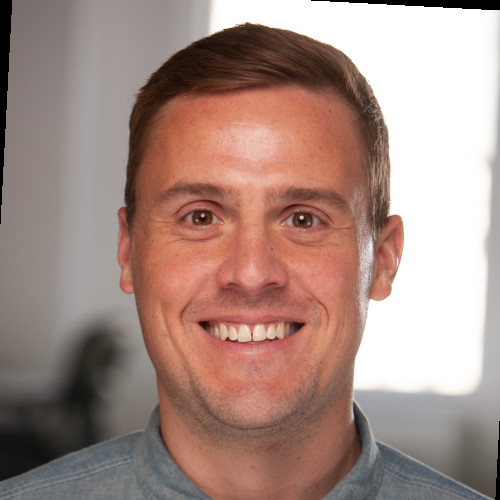
Ben Pippenger
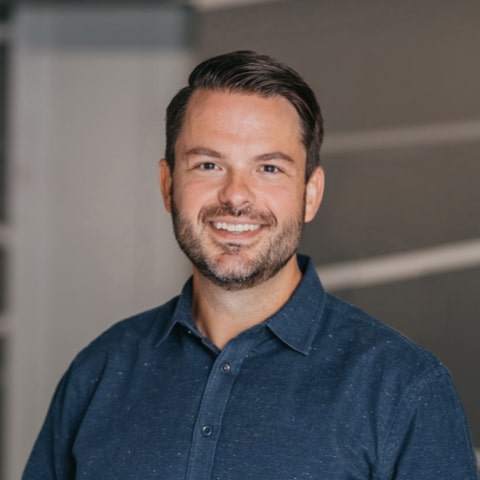
Cory Wheeler
